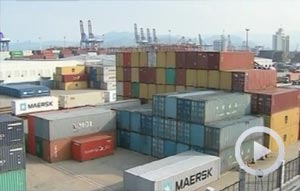Crash further tarnishes Korean carrier's reputation
Updated: 2013-07-07 15:11
(Agencies)
|
||||||||
Seoul - Asiana Airlines, the South Korean carrier whose Boeing 777 crashed while landing at San Francisco airport on Saturday, had been trying to clean up a tarnished safety record that included two other fatal crashes in its 25-year history.
One of the pilots of flight 214, Lee Jeong-min, is a veteran who has spent his career at Asiana. He was among four pilots on the plane who rotated in two-person shifts during the 10 hour-plus flight, a senior Asiana official told Reuters.
"The pilot's name is Lee Jeong-min, and (he is) a veteran pilot with long experience," said the official, who requested anonymity. "Our investigation committee is looking into the accident in San Francisco," he said.
Lee, in his late 40s, had 12,387 hours of flying experience, including 3,220 hours on the Boeing 777, according to the Transport Ministry in Seoul.
A second pilot on board the aircraft, Lee Kang-kook, had 9,793 hours flying experience and 43 hours on the 777.
The ministry said earlier that the aircraft's fuselage appeared to have hit the ground, sending the plane off the runway and causing massive damage to the body of the jet.
Asiana, South Korea's junior carrier, is a member of the Star Alliance with 91 international passenger routes, 28 cargo and 14 domestic routes. It operates a fleet of 80 aircraft.
Two years ago, one of its 747 cargo jets bound for Shanghai crashed into the sea off Korea's Jeju island after taking off from Incheon airport. Two pilots on board were killed in the crash, which was blamed on mechanical problems.
In 1993, an Asiana domestic flight from Seoul crashed in driving wind and extremely poor visibility in a botched landing attempt, killing 66 people and injuring 44.
An inquiry found pilot error was the cause of that crash when the plane began a descent while it was still passing over a mountain peak.
Asiana was founded in 1988 by the Kumho Asiana transport and construction conglomerate at a time when South Korea wanted to boost its international appeal as an emerging economic power.
It launched its first international route two years later with flights to Tokyo and Hong Kong, then added flights to Southeast Asia and Los Angeles the following year, gradually expanding destinations to Europe and the Americas.
Asiana has been serving only six U.S. cities and four in Europe, compared with the 21 routes it flies to Japan and more than 30 to China.
With almost 30 mid- to long-range Airbus A350s on order, it has been hoping to meet soaring long-range passenger demand. Six A380 planes are also on order.
Asiana and Korean Air have been vying to increase US routes to cope with rising demand after South Korea was included in the U.S. visa waiver programme in 2008.
The two South Korean carriers' fleets were previously flown mainly by former air force pilots, but they have been gradually adding more civilians to their cockpits. According to the Transport Ministry, the ratio is now roughly equal.
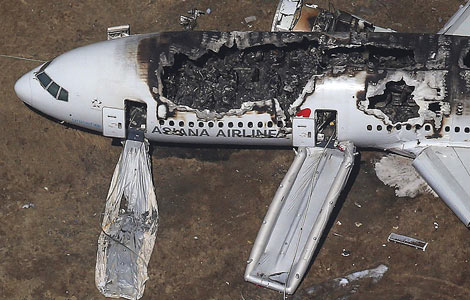
 Asiana flight crashed at SFO (Pictures)
Asiana flight crashed at SFO (Pictures)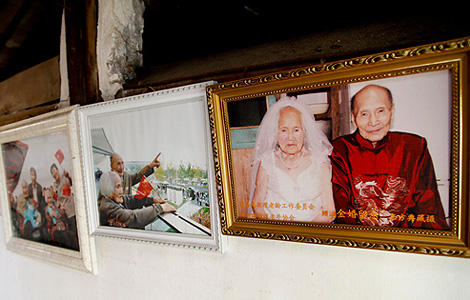
 Finding everlasting love
Finding everlasting love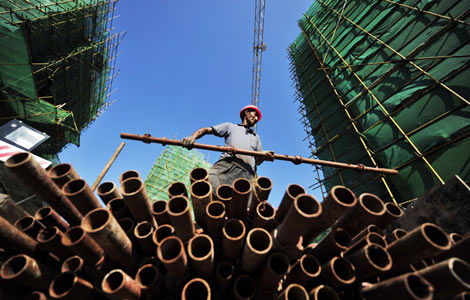
 Heat stroke death raises concerns for outdoor workers
Heat stroke death raises concerns for outdoor workers
 Peng, Hsieh win Wimbledon women's doubles title
Peng, Hsieh win Wimbledon women's doubles title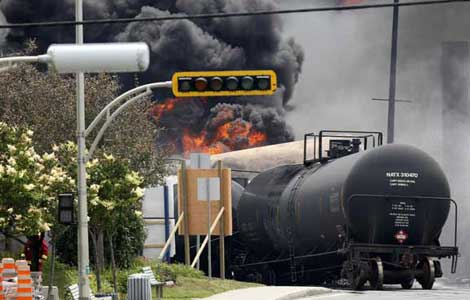
 Train explodes, levels center of Canada town
Train explodes, levels center of Canada town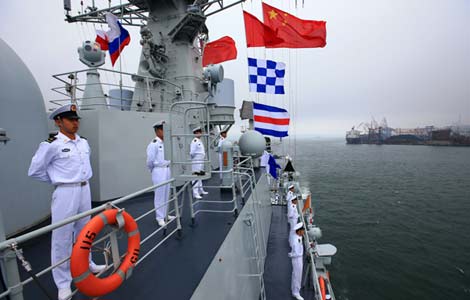
 China-Russia navy drill furthers ties
China-Russia navy drill furthers ties
 Famed monkey takes a new direction in New York
Famed monkey takes a new direction in New York
 Djokovic, Murray to vie for Wimbledon title
Djokovic, Murray to vie for Wimbledon title
Most Viewed
Editor's Picks

|

|

|
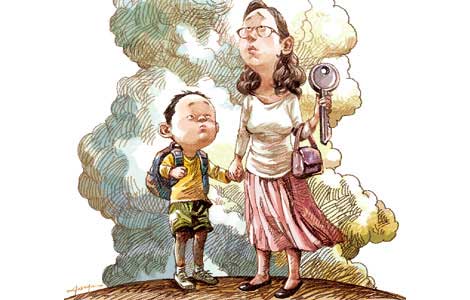
|

|

|
Today's Top News
Japan set to restart reactors after nuclear crisis
Sino-Swiss free trade pact signed in Beijing
First panda born in Taiwan is female
Efforts help channel funds into real economy
Koreas agree in principle to reopen industrial park
2 Chinese dead in San Francisco air crash
China reiterates prudent monetary policy
Companies plan massive investment in Xinjiang
US Weekly

|

|

